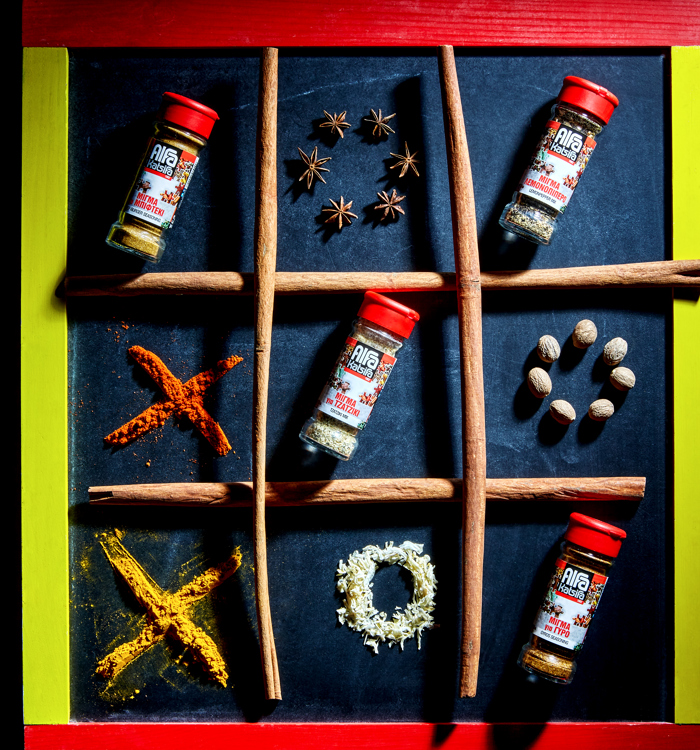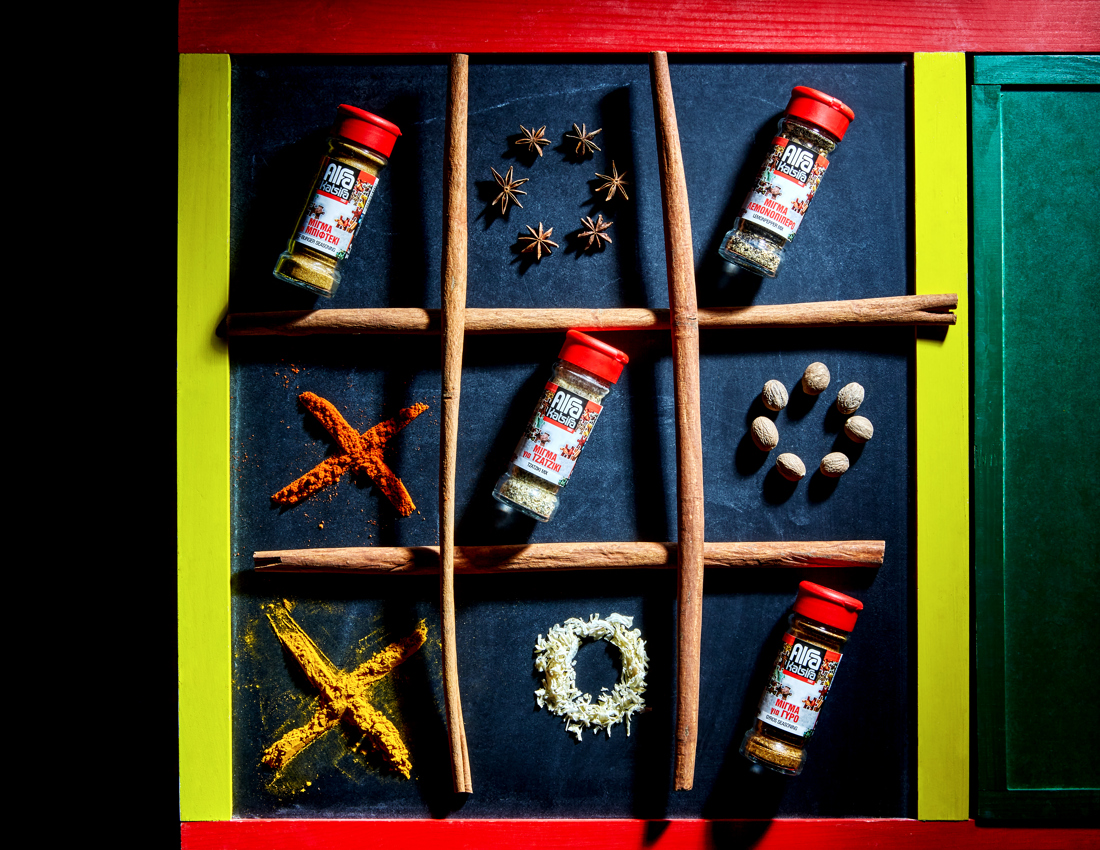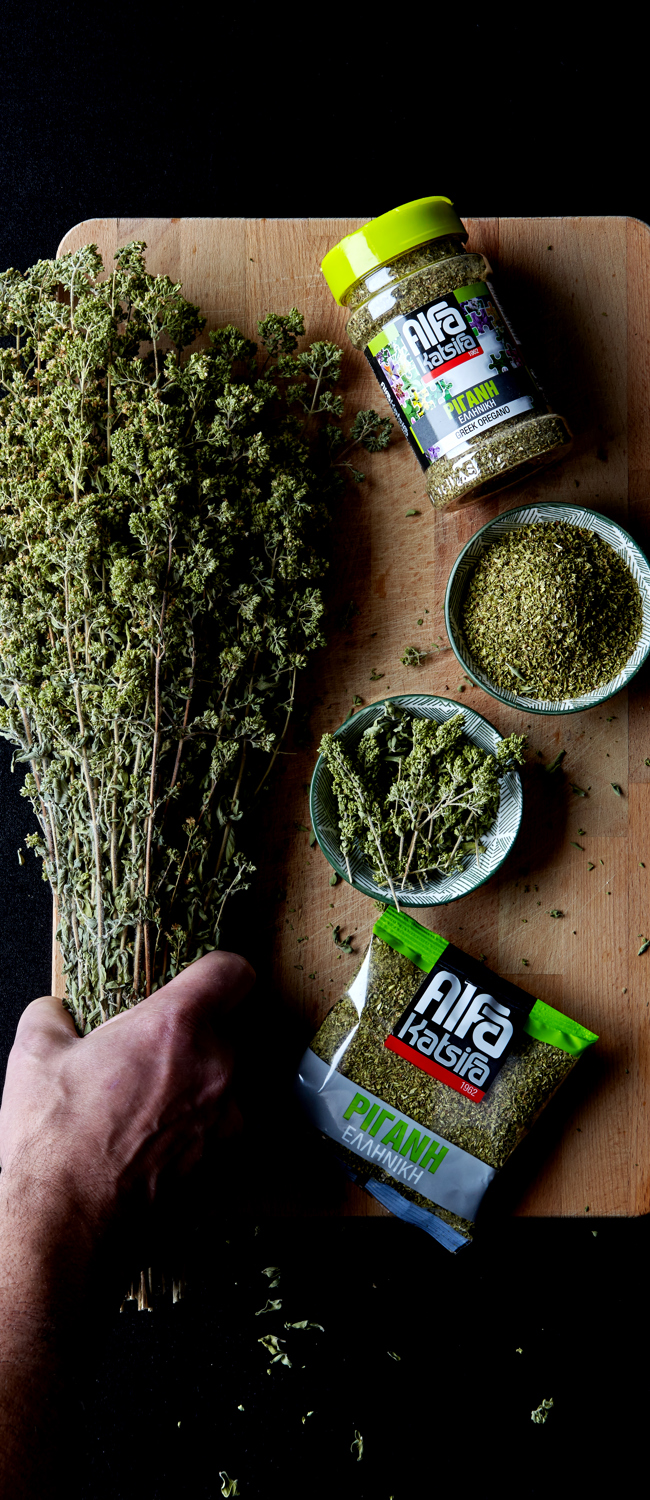
Spices
Black pepper, allspice, cinnamon, cumin, cloves, nutmeg, curry, ginger ... ..
Power that awakens the senses. Aroma, flavor and color that dig up forgotten memories. Precious, exotic materials of culinary art that take us to the magic and mystery of the East, delight the soul and transform the food into dining experience.
The history of spices is combined with the history of the world. The trade of spices exists for thousands of years, from the caravans of the Spice Road which started from the Far East and Asia and ended in Europe, until today. The West's desire to purchase these treasures of the East, led to the legendary explorations of Marco Polo, Vasco da Gama and Magellan, gave birth to wars, formed economic empires and influenced the international balances. The value of spices at times reached this of gold and was considered luxury items that declared prestige and power.


Spices were also known since ancient times for their therapeutic properties and were used for the manufacture of oils, medicines, aphrodisiacs and various rituals in many cultures. They are mentioned for their use in ancient Greece, Rome, the medical system Ayurveda of the Indian philosophy, the Chinese medicine.
Spices are the dried parts of plants containing aromatic, spicy and caustic substances. Spices may be leaves, seeds, fruits, roots, tubers and peel. They are produced mainly in Asian countries such as India, Indonesia, Vietnam, China, Malaysia, Ceylon, and in African countries such as Morocco, Egypt, Sudan, Madagascar.
